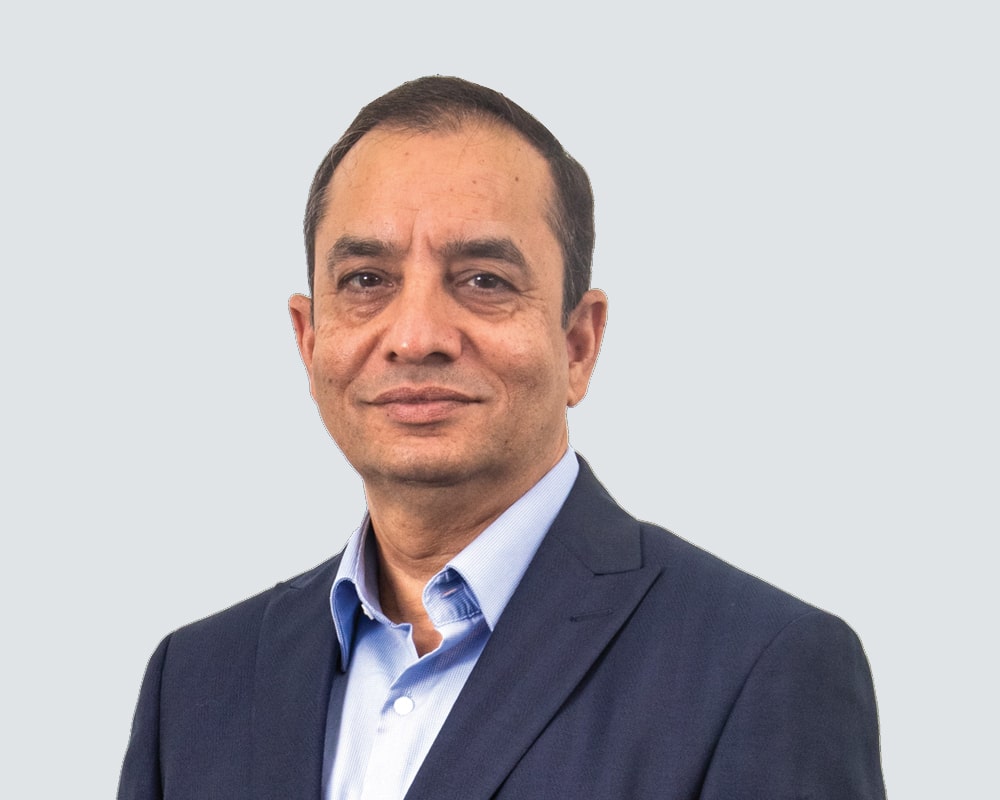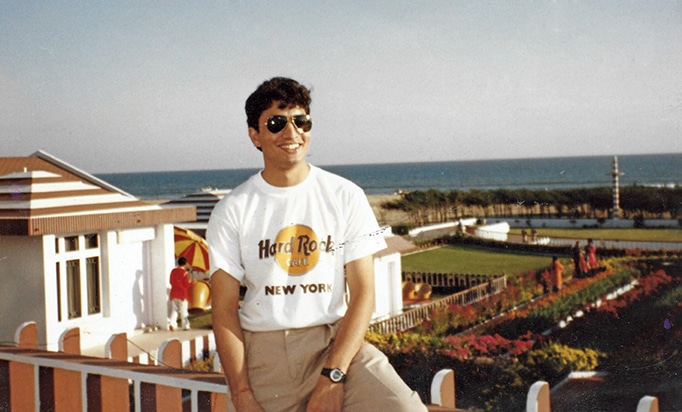From a boarding school in Raipur to doing pioneering work on the world’s first Verilog simulator, laying the groundwork for electronics product development in India, and building a company valued at over ₹200 billion, Sanjay Nayak’s journey rivals the drama of a Bollywood film, with its many twists and turns. EFY’s Yashasvini Razdan traces this remarkable tale of resilience and optimism, beginning in the town of Raipur, where it all began.

The fifth of the Nayak children and the first son of a state government engineer and a traditional homemaker, Sanjay Nayak grew up in Madhya Pradesh. In an upper-middle-class household that placed great importance on education, Sanjay’s father worried about the effect of frequent transfers on his children’s schooling. To avoid constant changes, he enrolled Sanjay in Rajkumar College, a boarding school in Raipur, when he reached fifth grade. “He was building dams, which meant we often lived in areas with limited infrastructure,” recalls Sanjay.
Eight years at the boarding school fostered Sanjay’s independence and excellence in both academics and extracurricular activities, while also shaping his appreciation for family. The long months with limited contact with his elder sisters or younger brother heightened the value of family relationships whenever he returned home during holidays.
“Boarding school, with opportunities for extracurricular activities like debates and extensive sports facilities, taught me early on to be independent and well-rounded,” he shares.
Sports stuck with him throughout his life and the lessons he learnt on the field influenced his career. “I have been an avid sports person all my life, playing cricket, tennis, and now golf. Most sports are team sports, where you win together. Sports also teach you that you win some and lose some. You can have a great day one day and a bad day the next, but you start again with hope and aim to improve. Sports provides a fantastic perspective on life and valuable lessons that you won’t learn anywhere else,” he declares. Later, Sanjay made it a priority to ensure sports played a central role in his children’s lives.

The gold medal of an almost IITian








